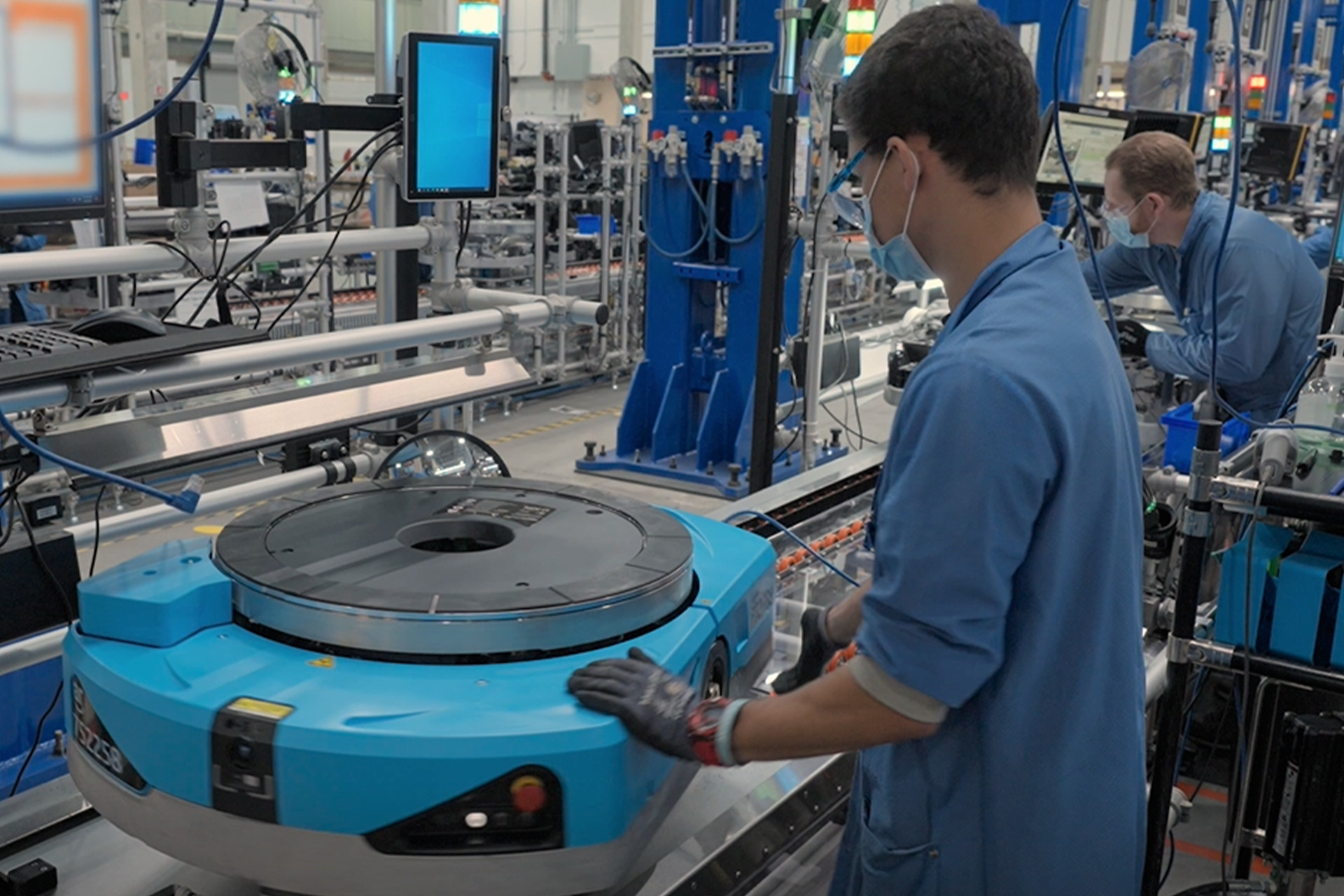Economic activity in the manufacturing sector of the United States economy contracted in December for the second consecutive month following a 29-month period of growth, according to supply executives polled for the latest Institute for Supply Management Report On Business.
“Regarding the overall economy, this figure indicates contraction after 30 straight months of expansion,” he said in announcing the survey result. “The Manufacturing PMI figure is the lowest since May 2020, when it registered 43.5%. The New Orders Index remained in contraction territory at 45.2%, 2 percentage points lower than the 47.2% recorded in November. The Production Index reading of 48.5% is a 3-percentage point decrease compared to November’s figure of 51.5%. The Prices Index registered 39.4%, down 3.6 percentage points compared to the November figure of 43%. This is the index’s lowest reading since April 2020, 35.3%. The Backlog of Orders Index registered 41.4%, 1.4 percentage points higher than the November reading of 40%. The Employment Index returned to expansion territory, 51.4%, up 3 percentage points, after contracting in November, 48.4%. The Supplier Deliveries Index reading of 45.1% is 2.1 percentage points lower than the November figure of 47.2%. This is the index’s lowest reading since March 2009, 43.2%. The Inventories Index registered 51.8%, 0.9 percentage points higher than the November reading of 50.9%. The New Export Orders Index reading of 46.2% is down 2.2 percentage points compared to November’s figure of 48.4%. The Imports Index continued in contraction territory at 45.1%, 1.5 percentage points below the November reading of 46.6%.”
Fiore added that the manufacturing PMI is at its lowest level since the COVID-19 pandemic recovery began.
“With Business Survey Committee panelists reporting softening new order rates over the previous seven months, the December composite index reading reflects companies’ slowing their output. Demand eased, with the New Orders Index remaining in contraction territory, the New Export Orders Index markedly below 50%, the Customers’ Inventories Index in ‘just right’ territory, and the Backlog of Orders Index recovering slightly but still in strong contraction. Output/Consumption, measured by the Production and Employment indexes, was neutral, with a combined zero-percentage point impact on the Manufacturing PMI calculation. The Employment Index moved back into expansion, and the Production Index dropped into contraction territory. Many panelists’ companies confirm that they are continuing to manage headcounts through a combination of hiring freezes, employee attrition and layoffs. Inputs, defined as supplier deliveries, inventories, prices and imports, accommodated future demand growth. The Supplier Deliveries Index indicated faster deliveries, and the Inventories Index expanded at a faster rate as panelists’ companies continued to effectively manage the total supply chain inventory. The Prices Index contracted for the third consecutive month and has declined in each reading since March 2022, when it registered 87.1%.”
Fiore noted that the month-over-month performance of supplier deliveries in December was the best since March 2009.
“Average lead time remained 32% above previous trough for capital expenditures and 37% for purchased materials,” he maintained, pointing out, “both are too high. Managing head counts and total supply chain inventories remain primary goals as the sector closes the year. More attention will be paid to demand as we enter the first quarter to shore up order books for the next six to 12 months.”
The two manufacturing sectors that reported growth in December were Primary Metals and Petroleum & Coal Products. The 13 industries reporting contraction in December were, in order: Wood Products; Fabricated Metal Products; Chemical Products; Paper Products; Plastics & Rubber Products; Electrical Equipment, Appliances & Components; Furniture & Related Products; Apparel, Leather & Allied Products; Computer & Electronic Products; Machinery; Food, Beverage & Tobacco Products; Transportation Equipment, and Miscellaneous Manufacturing.





